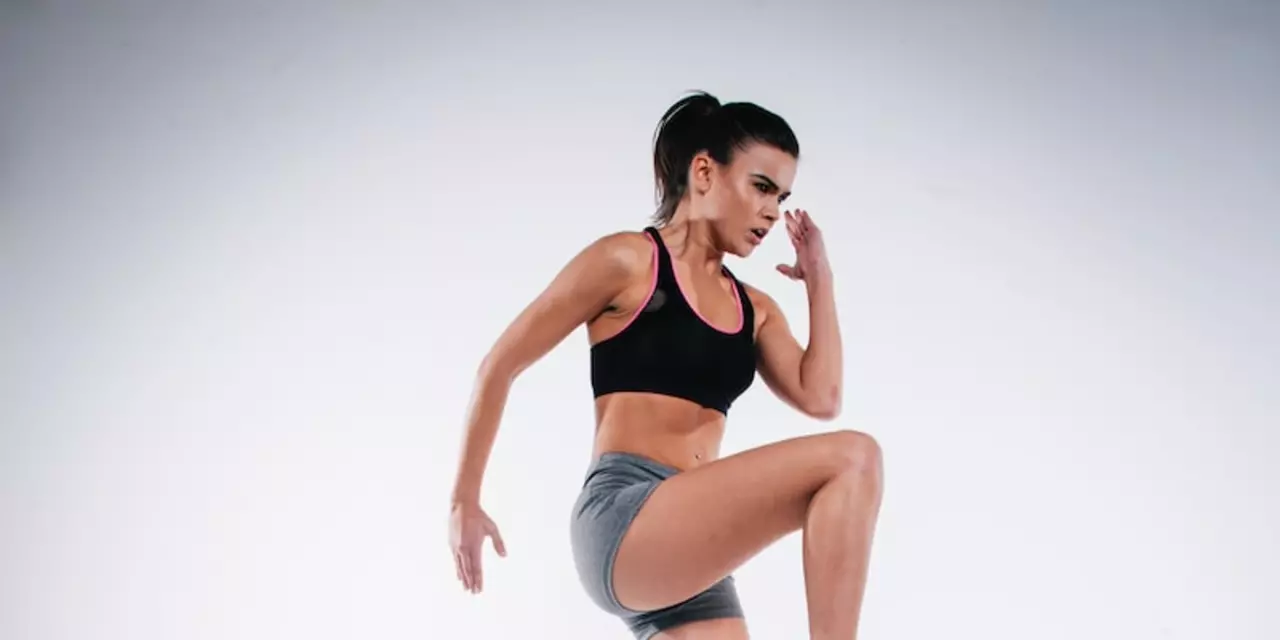Fitness for Motorsports: Boost Your Racing Performance
Ever wonder why the best racers look like they could run a marathon? It’s not just skill on the track – it’s the fitness behind the seat. At Speedway Motorsports Academy we see riders who combine speed with stamina, and the results speak for themselves. In this guide we’ll break down the most useful fitness habits for any motorsport enthusiast.
Why Fitness Matters on the Track
Racing isn’t a pure‑fire sprint. A typical lap can last several minutes, and a race may push you for over an hour. During that time you need:
- Core stability to keep the bike steady through corners.
- Neck strength to hold the helmet up when G‑forces rise.
- Endurance to stay sharp as fatigue sets in.
When you’re physically prepared, reaction time stays fast and you’re less likely to make costly mistakes. Plus, a strong body recovers faster between practice sessions, meaning more track time.
Practical Conditioning Routines
Below are three easy workouts you can fit into a busy schedule. No fancy equipment required – just a mat, a pair of dumbbells, and a bit of space.
1. Core Circuit (3 rounds)
- Plank – 45 seconds
- Russian twists – 20 reps (use a light weight)
- Leg raises – 15 reps
Strong core muscles keep you upright and let you shift weight quickly when you need to change direction.
2. Neck & Upper‑Back Strength (2 sets)
- Head‑resistance curls – 12 reps each side (push against your hand)
- Band pull‑apart – 15 reps
- Shoulder shrugs – 20 reps with dumbbells
These moves build the neck and traps that hold your helmet steady during high‑speed bends.
3. Cardio Endurance (20‑30 minutes)
- Interval bike sprint: 1 min hard, 2 min easy, repeat 6‑8 times.
- Or a steady jog if you don’t have a bike trainer.
Interval training mirrors the bursts of effort you feel on a lap, improving both aerobic and anaerobic capacity.
Do these routines two to three times a week and you’ll notice steadier hands, less fatigue, and sharper focus during long practice runs.
Nutrition and Recovery Tips
Fueling your body is just as important as lifting weights. Aim for balanced meals with protein, complex carbs, and healthy fats. A typical pre‑track snack could be a banana with a handful of almonds – quick energy without a sugar crash.
Hydration is non‑negotiable. Dehydration drops concentration, and the helmet can make you sweat a lot. Sip water throughout the day and add an electrolyte drink on race day.
After a hard session, give your muscles what they need to repair. A protein shake within 30 minutes helps rebuild tissue, and gentle stretching reduces soreness. Sleep is your secret weapon – 7‑9 hours a night keeps hormone levels in check and improves reaction time.
By combining targeted strength work, smart cardio, and proper nutrition, you’ll transform your racing game. The next time you line up at the start, you’ll feel the difference in every turn, every brake, and every acceleration. Ready to get fitter and faster? Start with the core circuit today and watch your performance climb.
Can I use my running shoes in the gym?
This article discusses the practicality of using running shoes in the gym. It explains that running shoes are designed for running and not for lifting weights. It is recommended to use shoes specifically designed for the gym, as these offer more stability and support for the feet and ankles when lifting weights. In addition, running shoes are not well suited for gym surfaces, as they are not designed for contact with hard surfaces. Thus, it is best to use gym shoes for gym activities, as they are better suited for the environment and the activities performed.
